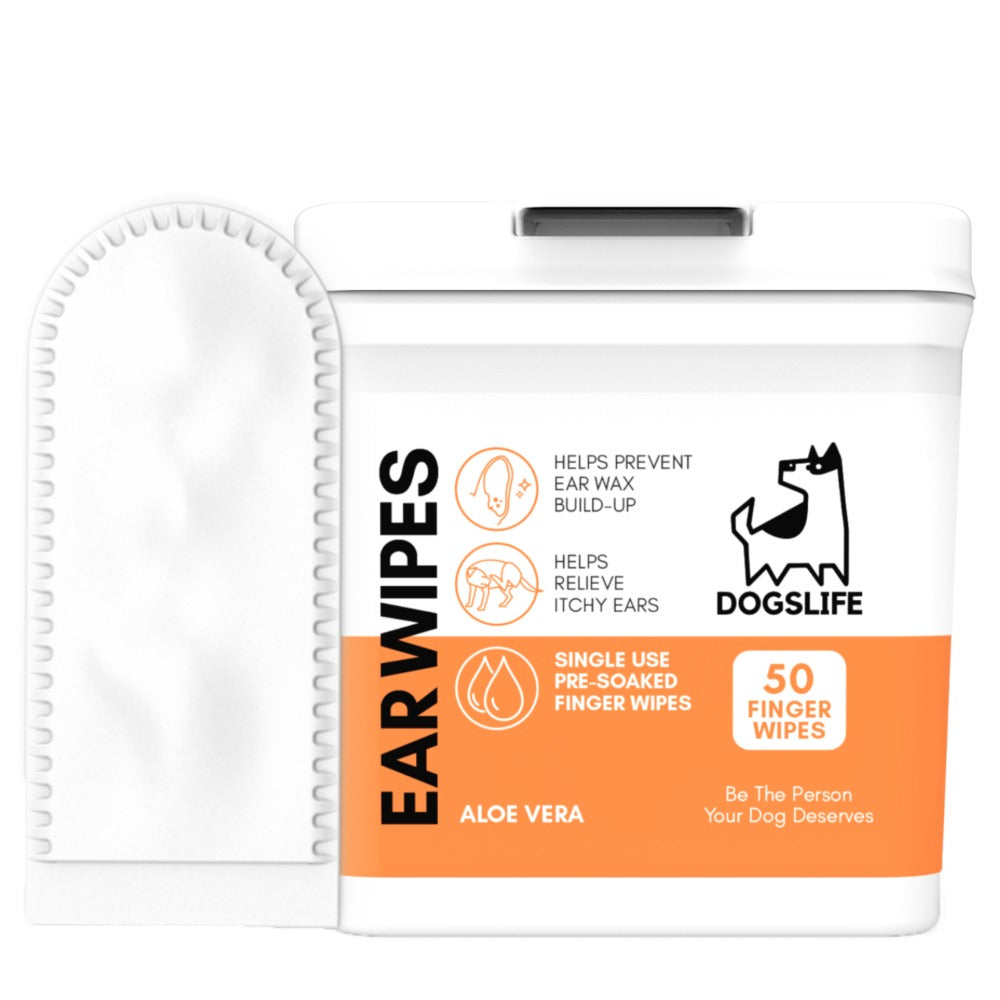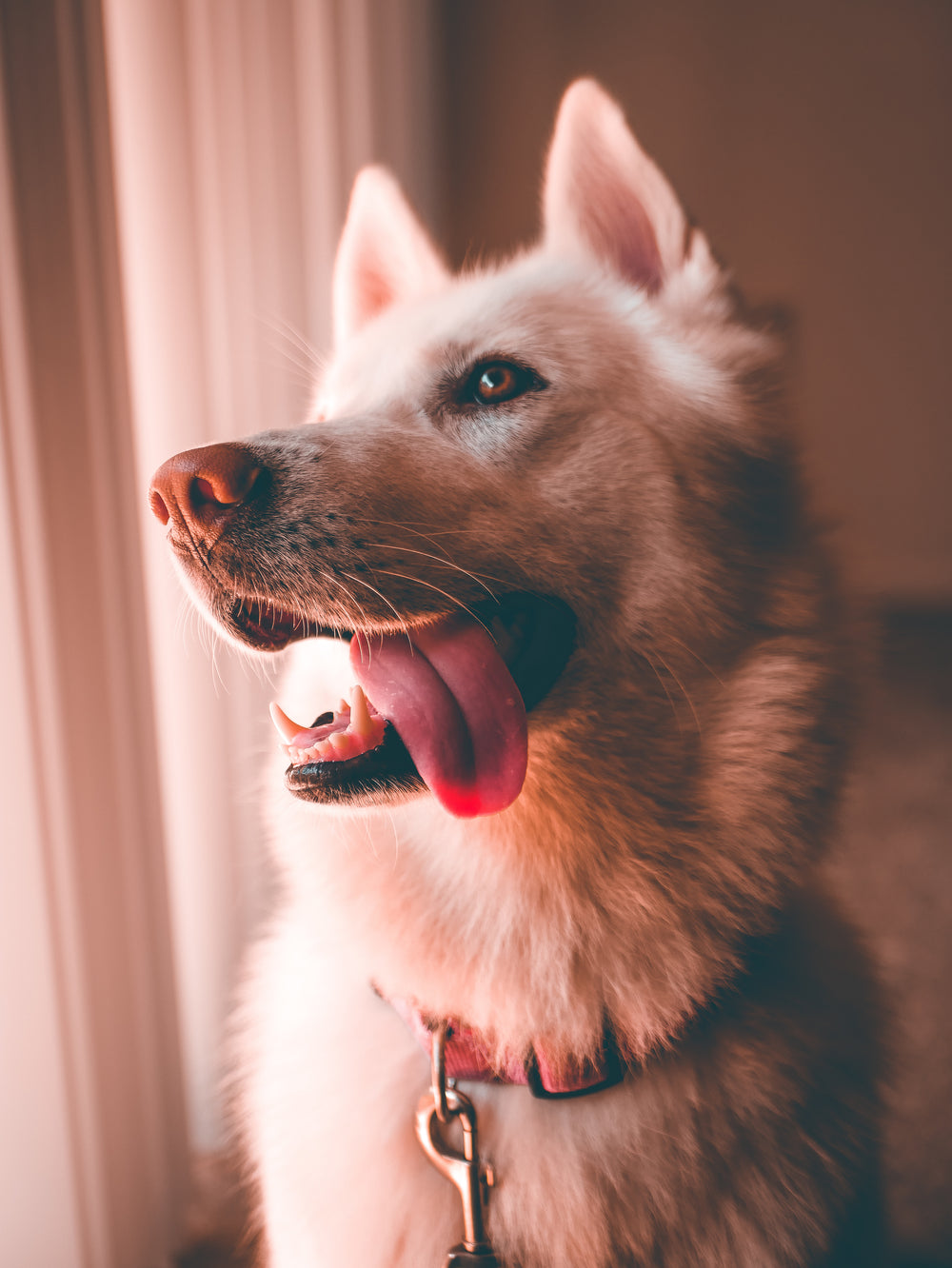Stinky Dog Ears
Big and floppy. Small and curious. Furry, pointy, round. Dog ears are as varied as they are adorable. Until the itch. The stink. The wax. What went wrong? Poor pup, let’s get to the secret to naturally lovable, huggable, clean ears.
The Problem
Your pup’s stinky and scratchy ears can be caused by a host of invisible invaders: allergies, microbes like yeast and bacteria, and mites. Let’s meet the enemy.
- Environmental Allergens: Allergens like grass, dust, and pollen not only irritate by themselves, they can also increase oil production in the ears that yeast and bacteria love. Remove allergens from the coat with a high-quality dog shampoo, and cleanse ears regularly with a dog-specific ear cleaner.
- Food Allergens: If your dog has chronic ear problems and you’ve ruled out other causes, try switching to a limited ingredient diet like grain-free and ask your vet to conduct an allergy test. Many dogs are allergic from the inside!
- Water: Wet ear canals are the perfect environment for bacterial and yeast growth (that’s why your ear cleaner needs to be water free). Dry your dog’s ears each time it comes out of the water, has been outdoors in the rain or snow, and after baths.
- Wax: A little earwax is normal, but excessive wax can foster microbe growth and feed mites that cause stink and irritation. Water-loving breeds like Labradors and other retrievers tend to develop more wax than other breeds, so be sure to clean their ears regularly.
- Mites: These are tiny parasites that bite and irritate dogs of all ages, but particularly puppies. Look out for swelling, red or brown crusts on the outer ear, or coffee ground-like debris inside the ear canal - definite signs of a mite infestation. Mites can be treated with over-the-counter medication. If your pets catch these contagious pests, be sure to remove them from the household by thoroughly vacuuming and washing all bedding in hot water. Mites can be passed between animals, so if one of your pets has it, the others are susceptible as well.
-
Ear Infections
Irritants may ultimately lead to a bacterial infection or yeast infection in your dog’s ears. Signs of an ear infection in your dog include discharge from the ears (yellow, brown, or bloody), scabs or crusting on the inside of the outer ear, hearing loss, nausea, and loss of balance. If your pet has an infection, it will need treatment from a vet and prescription-strength medication.
Natural Prevention: How to Clean Dog Ears
Regular ear cleaning can prevent smells, scratches, and waxy buildup. When selecting a cleanser, use only one designed specifically for dogs that is both water and alcohol free, like kin+kind’s Clean Ears dog ear cleanser. Water in your pup’s ears will just grow odor-causing bacteria, so a water based cleanser will do more harm than good. And your pup will thank you for avoiding the stinging sensation of alcohol.
Use a dropper above the dog’s ear to fill the ear canal and massage gently to break up wax. And then you’re done! Be sure to never insert anything into your dog’s ear canal itself, since the eardrums are delicate.






